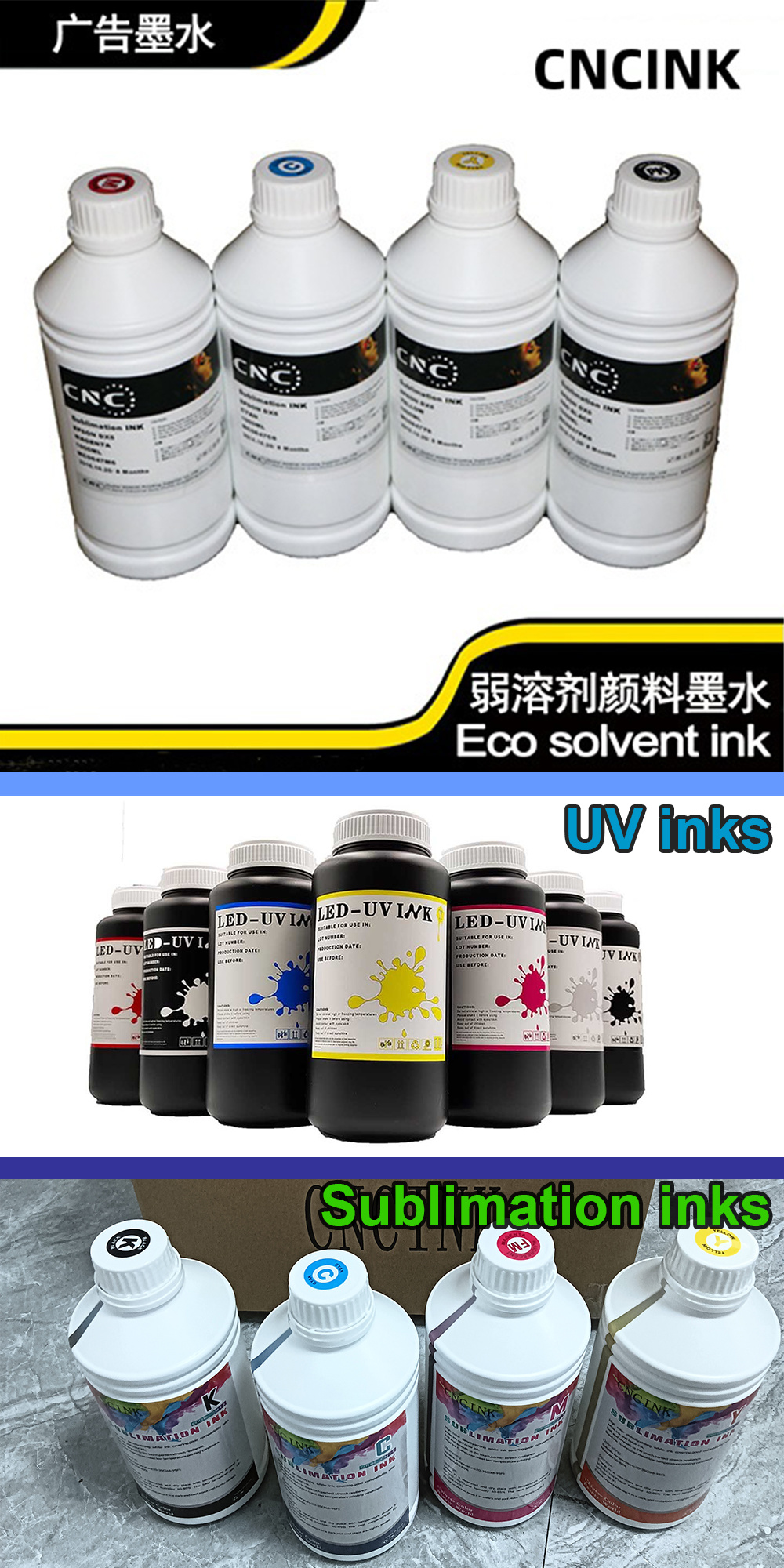The Rise of Eco-Friendly Ink Technology
Release time:
2025-05-26
The printing industry is undergoing a significant transformation driven by the demand for sustainable practices, particularly through the emergence of eco-friendly ink technology. This evolution emphasizes lower environmental impact, low-VOC solutions, and biodegradable inks, reshaping printing for both consumers and businesses. Traditional inks, often petroleum-based, pose environmental challenges due to harmful chemicals that pollute air and water, impacting health and ecosystems. In contrast, eco-friendly inks utilize renewable resources, like vegetable oils, thereby reducing their carbon footprint and appealing to environmentally conscious consumers.
In recent years, the printing industry has witnessed a significant transformation driven by the increasing demand for sustainable practices. The rise of eco-friendly ink technology is not just a trend but a necessary evolution towards reducing the ecological footprint of printing processes. This advancement is characterized by several key innovations, namely lower environmental impact, low-VOC solutions, and biodegradable inks, which are reshaping how consumers and businesses approach printing.

Lower Environmental Impact
Traditional inks, particularly those based on petroleum, pose substantial environmental challenges. They contain harmful chemicals that can pollute air and water bodies, contributing to both environmental degradation and adverse health effects. In contrast, our CNCINK eco-friendly inks are formulated to minimize these impacts. By utilizing renewable resources and reducing harmful substances, they contribute to a more sustainable printing process.
Eco-friendly inks are often derived from natural sources, such as vegetable oils, which significantly lower their carbon footprint. This shift not only addresses environmental concerns but also aligns with the growing consumer preference for sustainable products. As individuals and businesses become more environmentally conscious, the demand for inks that leave a minimal ecological footprint continues to rise.
Low-VOC Solutions
Volatile Organic Compounds (VOCs) are organic chemicals that evaporate easily at room temperature and are commonly found in traditional inks. These compounds can lead to air pollution, contribute to smog formation, and cause health issues such as headaches, dizziness, and respiratory problems. The implementation of low-VOC solutions in ink technology is a critical advancement in mitigating these risks.

CNCINK Low-VOC inks are formulated to contain significantly reduced levels of these harmful compounds, making them a safer alternative for both printers and consumers. The adoption of low-VOC inks not only enhances indoor air quality but also complies with increasingly stringent environmental regulations. Many manufacturers are now investing in research and development to create formulations that maintain print quality while minimizing VOC emissions. This is a crucial step toward promoting healthier work environments and sustainable production practices.
Biodegradable Ink
One of the most promising developments in eco-friendly ink technology is the advent of biodegradable inks. These inks are designed to break down naturally over time, reducing the long-term environmental impact of printed materials. In contrast to conventional inks, which can persist in the environment for years, biodegradable inks offer an innovative solution for waste management and sustainability.
Biodegradable inks are typically made from natural, plant-based materials, such as soy and corn, which not only provide vibrant colors but also ensure that the inks are compatible with the environment. As these inks decompose, they return to the earth without leaving behind harmful residues, thus promoting a circular economy in the printing industry.
The use of biodegradable inks is particularly beneficial for applications where printed materials may end up in landfills, such as packaging and promotional materials. By choosing biodegradable options, companies can enhance their sustainability profile and reduce their contribution to landfill waste.
The Impact on the Printing Industry
The transition to eco-friendly ink technology is not merely a response to consumer preferences; it signifies a paradigm shift in the printing industry. Businesses that adopt eco-friendly inks can differentiate themselves in a competitive marketplace, appealing to a growing demographic that values sustainability.
Moreover, regulatory measures worldwide are increasingly favoring eco-friendly practices. Many governments are implementing policies that promote the use of sustainable materials, including inks. Companies that proactively adopt eco-friendly ink solutions are not only aligning themselves with current regulations but are also preparing for future legislative changes.
The economic implications of this shift are also noteworthy. As more companies invest in eco-friendly ink technology, the costs associated with traditional ink production may rise due to increased regulatory scrutiny and potential penalties for environmental non-compliance. Conversely, the market for eco-friendly inks is expected to expand, leading to more competitive pricing and greater availability.

Challenges and Future Outlook
Despite the impressive advancements in eco-friendly ink technology, challenges remain. For instance, while many eco-friendly inks perform well in terms of color vibrancy and application, there are still concerns regarding their durability and performance compared to traditional inks. Continued research and development are essential to address these issues and ensure that eco-friendly inks can meet the diverse needs of various printing applications.
Moreover, the awareness and understanding of eco-friendly inks among consumers and businesses must be enhanced. Educational initiatives that highlight the benefits of eco-friendly inks and promote their adoption can help accelerate this transition.

Given CNCINK's 17 years of industry expertise, the emergence of eco-friendly ink technology marks a major step toward a greener future for the print industry—a shift supported by technological innovations that reduce environmental impact without compromising quality . This evolution aligns with global sustainability trends while addressing industry-specific challenges through material science advancements and closed-loop production systems. By focusing on lower environmental impact, low-VOC solutions, and biodegradable inks, the industry is not only responding to consumer demands but also taking responsibility for its ecological footprint. As innovations continue to emerge and the market for sustainable products expands, eco-friendly inks will likely become the standard in printing, paving the way for a greener, healthier planet.
Recommended news


